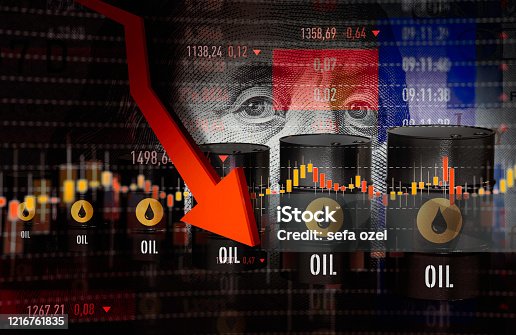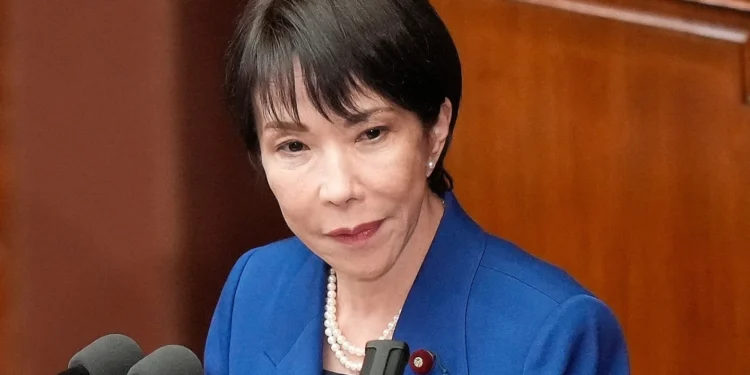Crude oil prices are continuing their slide, on course to end the week with a loss that reversed two weeks of gains. Concerns of oversupply weighed heavily on the market ahead of a critical OPEC+ meeting scheduled for Sunday.
By mid-Friday trading, Brent crude had slipped to $65.33 per barrel, while West Texas Intermediate (WTI) was down at $61.77 per barrel, marking a steady decline since Wednesday.
The downturn follows news of growing U.S. inventories and expectations that the Organization of the Petroleum Exporting Countries (OPEC) and its allies, led by Russia, may pump more oil into the market in an effort to reclaim market share.
Data released earlier this week showed U.S. crude stockpiles rose by 2.4 million barrels last week, defying analyst forecasts of a drawdown.

The build in inventories added to bearish sentiment, raising fears that supply could soon outpace demand as producers continue to ramp up output.
“There are increasing stories and signs of a future where feedstock supply is unlikely to be a problem.”
John Evans, analyst at oil brokerage firm PVM
His comments echo a broader market concern that rising inventories may signal slowing demand growth as refiners prepare for seasonal maintenance.
OPEC+ to Weigh Fresh Production Increases

According to Reuters, eight OPEC+ members are set to discuss further production hikes at their meeting this weekend.
If approved, the move would see the group unwind an additional 1.65 million barrels per day (bpd) of cuts equivalent to 1.6% of global oil demand more than a year earlier than initially planned.
So far this year, OPEC+ has sanctioned production increases totaling around 2.5 million bpd, including higher quotas for the United Arab Emirates. Analysts suggest that Sunday’s meeting could pave the way for more supply, even as concerns grow about demand tapering in China and Europe.
Ole Hansen, head of commodity strategy at Saxo Bank, noted that while the group has been cautious, it still faces pressure to normalize output.
“OPEC+ retains some restrictions, but supply from Iraq and Kazakhstan has already exceeded quotas in recent months.
“The risk of disruption remains, which essentially puts a floor under prices.”
Ole Hansen, head of commodity strategy at Saxo Bank

While supply-side developments dominate headlines, analysts caution that weakening demand growth could prove equally significant in shaping the oil price outlook.
In a note, BMI Research highlighted that refining margins, which have supported prices in recent months, may come under pressure in the coming quarter as global demand growth shows signs of fatigue.
With refiners worldwide preparing for maintenance cycles, throughput reductions could further dampen crude demand.
BMI said, “Strength in the downstream sector has been a key support for prices, but refining margins will likely be squeezed in coming months,” warning that the market could shift quickly if demand fails to keep pace with growing supply.
Geopolitical Tensions Add Complexity

Despite bearish fundamentals, geopolitical risks remain a key counterbalance for oil markets. On Thursday, U.S. President Donald Trump urged European leaders to halt purchases of Russian crude, a move that could disrupt supply chains and tighten global markets.
Analysts suggest that any curtailment of Russian exports or unforeseen supply outages could quickly send prices higher, even as the market grapples with oversupply fears.
Most analysts agree that oil prices are likely to remain range-bound in the near term, caught between the risks of oversupply and geopolitical uncertainty.
Hansen of Saxo Bank explained that any sharp rally could sap demand, particularly from major importers like China, while ongoing OPEC+ restrictions provide a cushion against a deeper price collapse.
For now, with Brent crude hovering in the mid-$60s and WTI in the low-$60s, traders remain cautious ahead of Sunday’s OPEC+ decision.
Whether the group opts for a fresh output hike or pauses its increases, the outcome will likely set the tone for global oil markets heading into the final quarter of the year.
READ ALSO: Investors Snub T-Bills As Government Struggles to Raise GH¢6.7bn, Settles for GH¢3.2bn























